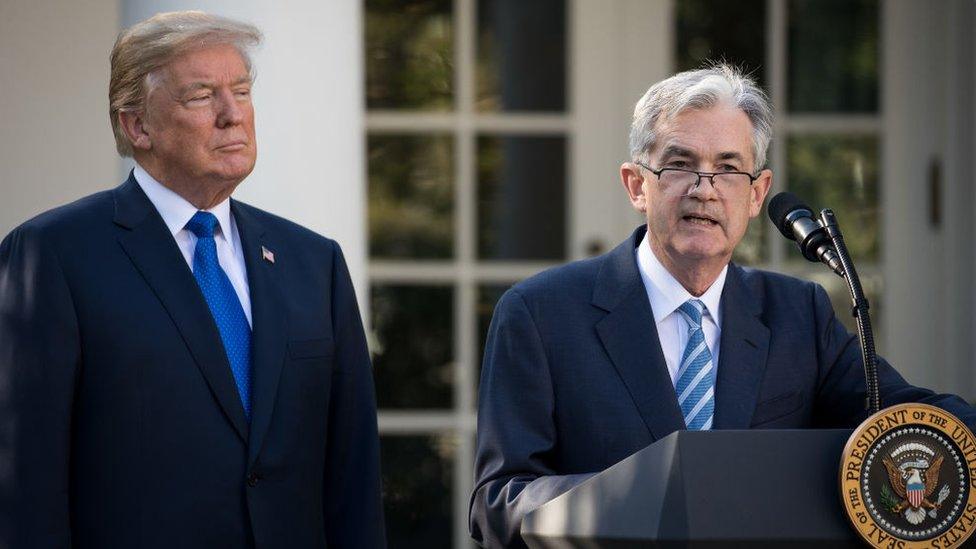Donald Trump wins, what challenges for central banks?
The Fed is not the only central bank that has faced difficulties as a result of Donald Trump's victory.

In short, we doubt anything will change, at least for now. In fact, there’s probably more incentive for the Fed to deliver the widely-anticipated rate cut today now that Trump has won because, to pause, would probably be seen as partly a political act. We said before the election that we felt the Fed’s surprise 50-bps rate cut, the first in the cycle, was unusual and partly politically motivated. Not because Fed officials agreed between themselves to try to hand victory to Harris, but because to many, a little voice inside their head was saying that democracy might be at stake here. To then leave rates unchanged today would be churlish and arm the impending Administration with claims of political manipulation. But while today’s rate cut seems safe, and possibly a few others besides, things could get sticky further out.
At the start of the week, the market was assuming five 25-bps rate cuts through to the end of 2025; now it is four and the market could tighten this up a bit more. But will the Fed cut back the extent of its easing because of Trump? We think it will, but only if the policies of the new president start to lift inflationary pressure and/or make the labour market too tight again. The Fed won’t pre-empt that this could happen and so pause policy soon or end rate cuts at an early stage. Instead, it will wait for the inflation to arrive, or the falls in the unemployment rate, and then act. And if these things don’t materialise, it won’t adjust policy and it will probably aim to push the fed funds target rate down to what it believes to be the neutral rate, which is around 3%; a level that sits at least 50-bps below current market pricing.
In other words, we could see a fight here between a Fed that pushes on with rate cuts, as it awaits any evidence of higher inflation, while the market resists as investors make the judgement that higher inflation and/or lower unemployment will arrive at some point, and the Fed will be forced to respond. The tension is likely to play out in the yield curve where we expect the 10s-2s spread to rise from just under 20-bps today to around 100-bps next summer.
If this is how the Fed and the treasury market will respond, what about other central banks and other bond markets? The Fed decided a 25-bps rate cut. It is not a done deal but, if the Bank eschews a cut, it won’t be because of Trump but because of domestic factors, which might include the implications of the recent budget. For the BoE, and other central banks, the consequences of Trump’s second term reverberate around the negative economic impact of tariffs, particularly if a 10% global tariff is introduced as Trump has suggested. This potentially imparts a bias on other central banks to go harder with policy easing. But set against that is the fact that the dollar could become materially stronger due to Trump’s policies and so lift inflation risks elsewhere.
In addition, an upward drift in US policy rate expectations could ‘infect’ other markets and so lead to pressure for higher rates, or at least more modest easing elsewhere. In other words, Trump’s win throws the cat amongst the pigeons for other central banks as well, not just the Fed. If Trump’s arrival threatens a much steeper US yield curve, it is not as clear that we will see the same trends outside the US. Here we’d expect that longer-term rates can follow the decline in short rates (as central banks cut) a bit more closely. This being said, the gilt market has its own problems at the moment as it tries to digest the supply implications of the recent budget. In time, we think it will get over this and, like many other bond markets, outperform the treasury market.








